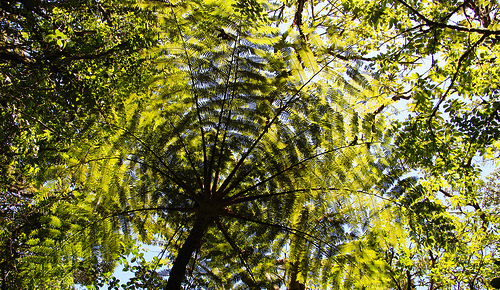
Land-use and land-cover change derive from the complex interaction of a big number of factors both natural and human induced. The final land-use scenario is a function of the interactive processes of climate change, economic development and demographic expansion, definition of environmental policies, and pricing of land and land-related commodities. In its turn, land-use change influences the land cover through deforestation, afforestation, agriculture, pasture, forest management, and expansion of urban areas. This alters the properties of the land surface-atmosphere interaction which affects global climate, especially in the regions where social activities are potentially exposed to climate extremes.
In a review published on Land, CMCC researchers M. Michetti and M. Zampieri summarized the state-of-the-art modelling for the land system while providing a critical discussion on key aspects in the field. The attention is restricted to agriculture and forestry, the two land covers to which almost one-third of global greenhouse gas emissions can be associated.
The abstract of the paper:
International agreements on climate change have highlighted the role of land in climate and human dynamics, making it an issue of global importance. The modelling of land-related processes, sectors, and activities has recently become a central topic in economic and policy theory, as well as within environmental sciences. Modelling strategies have been improved and new datasets have come into light for land-cover and land-use change analysis. However, unexpected human behavior and natural constraints challenge the modelling of interdependences and feedback mechanisms amongst economies, societies, and the environment, resulting from land-use and cover change. This paper provides a detailed overview of the most representative and advanced methods and models developed to represent climate–human–land interactions. It offers a critical discussion about relevant methodological aspects, missing knowledge, and areas for future research.
Read and download the full paper:
Michetti M., Zampieri M.
Climate–Human–Land Interactions: A Review of Major Modelling Approaches
2014, Land, 3(3), 793-833, DOI: 10.3390/land3030793


